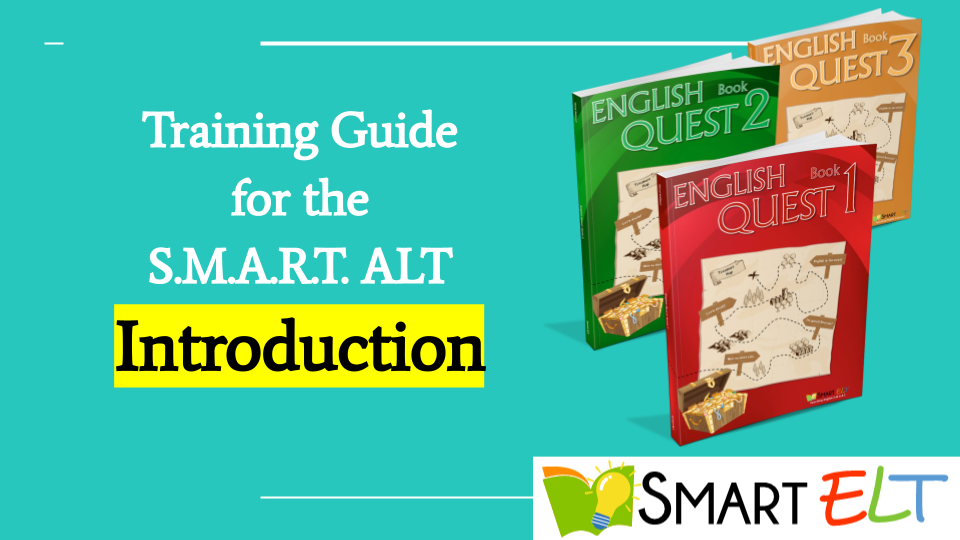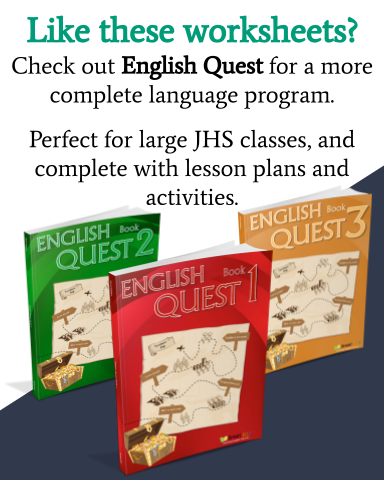
Smart ALT training:
1. An Introduction to Teaching in Junior High Schools.
The purpose of these pages is to give you, the ALT, the tools you need to help you get the most out of your time teaching English in Japan. This may be your first time teaching in Japan, you may have previous experience as an ALT or you may be coming from working at an English Conversation School (Eikaiwa). Either way, I hope the information found in these pages will provide you some kind of guide to teaching in JHS. As a new ALT or an experienced Eikaiwa teacher, it’s important to understand the environment and goals when teaching large classes in a Japanese public or private junior high (and of course elementary or senior high) school.
The Students
Compared to your typical Eikaiwa school, in junior high schools, you’ll have larger class sizes and most likely see differences in motivation and levels within each class. This presents us with a unique and exciting teaching environment. Students generally study English around 5 times a week with the Japanese teacher of English (JTE) and once or twice a week with the native English teacher (NET). The NET’s lesson may be a team teaching lesson, but in private schools, the NET is often given more responsibility for planning. There is great variation between schools, but in general, the NET’s lessons focus on oral communication and building more confidence with speaking English.
In oral communication classes, there is often a need to build in the motivation for using English. Of course, this is where the need for focused and engaging lesson planning comes in. Part of the fun of teaching in junior high schools is creating fun and effective lessons that alongside helping improve students’ confidence speaking English, can help motivate students to see how English can be an important and interesting part of their education.
Traditionally, in Japan, students have been taught using translation and rote memorization. Most tests also reflected this style of teaching. However, nowaday, new textbooks, a new grading style, and a push towards active learning have introduced more communicative practice across the English curriculum. Occassionally focusing on accuracy is important, but so is getting students comfortable with making small mistakes – a few key words strung together may still provide more information to get your points across.
Keep this in mind when planning and teaching lessons.
Incorporating This Into The Lesson Plan
A teacher should ask themselves, “What are the important goals of this class?” One of the things we should focus on is making English accessible to our students. We want to create a positive image of English, so that even the lowest level students can still walk away thinking – English is fun, maybe I can do this. For me personally, if I get 5 students who didn’t like English at the beginning of the year to start enjoying the class and speaking a little English, this is more gratifying than having conversations with already motivated students. I feel I have given those 5 students a new ‘life skill‘ that will stay with them long after graduation.
Given this motivation, it is important to make your lesson targets focused. A focused target means the material will be more accessible to all the students.
Students will be able to…(SWBAT)
The easiest way to do this is to think in terms of, “by the end of this class, students will be able to…”(SWBAT). Depending on the level of the class, think in terms of what you are trying to get the students to achieve and understand.
For example:
A target like ‘SWBAT use the passive voice.’ would not work. The topic of passive voice and the different variations in language are huge.
Instead, try ‘SWBAT change SVO sentences to O (be) V(past participle) by S’,
e.g. The Beatles sang ‘Let it be’.
⇓(sing sang sung)
‘Let it be’ was sung by the Beatles.
(O) (be) (V) by (S)
This will focus the target and allow you to give the students work at the end which they can complete that will check their understanding.
Limiting the number of verbs used from around 6 to 8 is also a good idea. Keeping it simple and focused like this will gradually build the students’ confidence. In following lessons, you could use the above for review and then expand the target from using ‘by ___’ to using ‘from’/‘with’/‘of ___’ etc, (e.g. SWBAT describe objects using “it’s made by/with/of/for…”
ALL THIS CAN BE SUMMED UP WITH F.A.B.
Easy to remember! Lessons should be:
Fun
Play games, activities, make the lesson interactive, and dynamic.
Accessible
Keep the target and the language you are using focused. Think about pace, delivery, etc.
Beneficial
Make the subject matter and vocabulary appropriate to your students’ age and interests.
The more students can and want to use English the better they become, the better they become the more motivation they have, the more motivation they have the more they will speak, and on and on the cycle goes.
IN SHORT
Focus your targets
Keep it accessible
HAVE FUN
Good and Bad Lesson Targets

For more information on S.M.A.R.T. teaching, check out the Smart ALT training:
There are example lessons plans that show how the methodology is used in a regular junior high school or beginner level English conversation class.
For more information on S.M.A.R.T. teaching, check out the Smart ALT training:
There are example lessons plans that show how the methodology is used in a regular junior high school or beginner level English conversation class.
